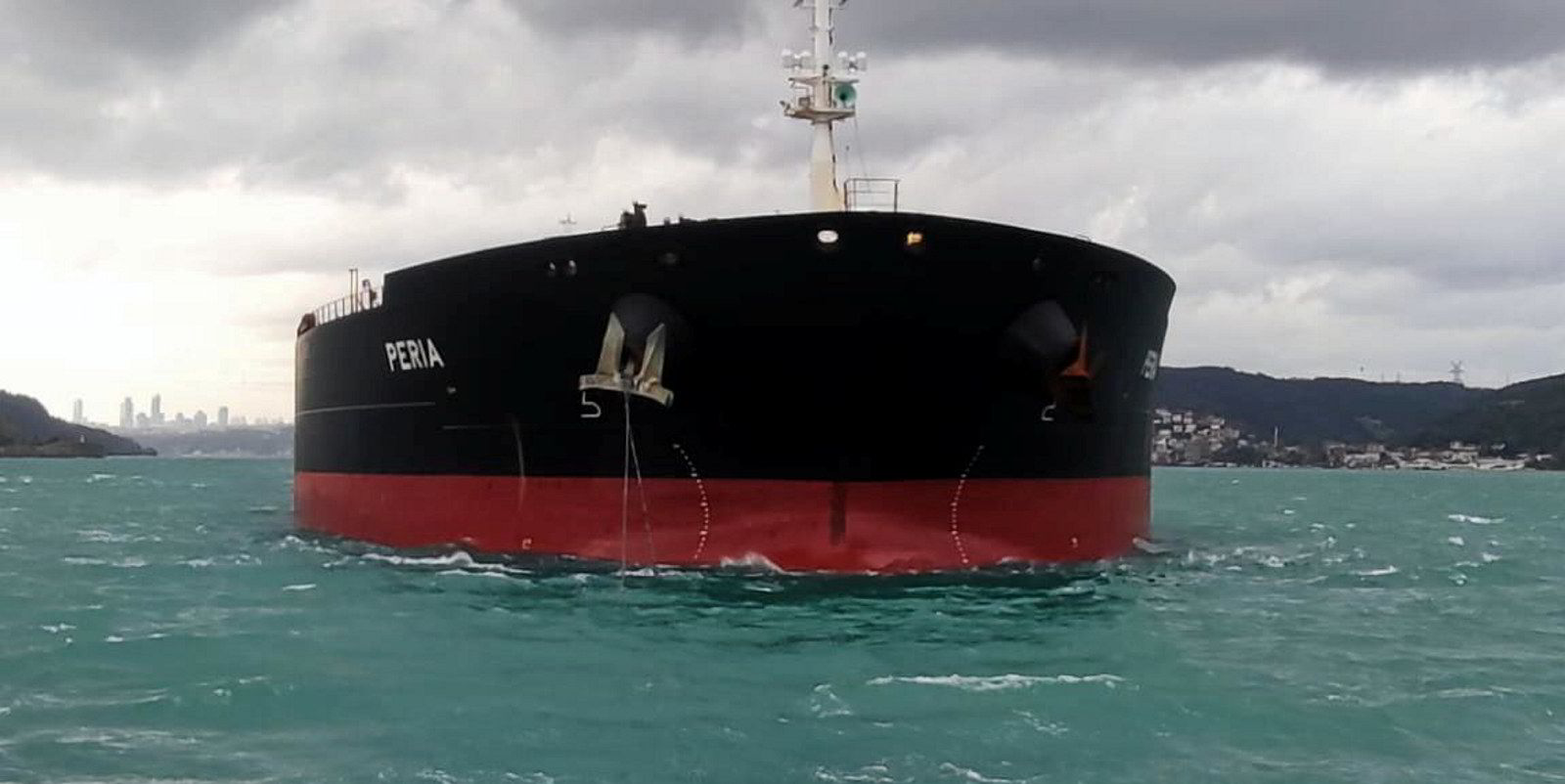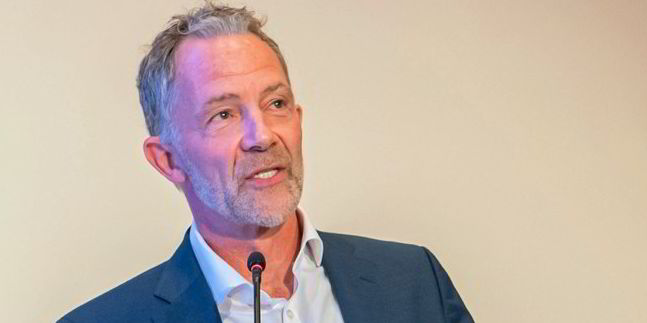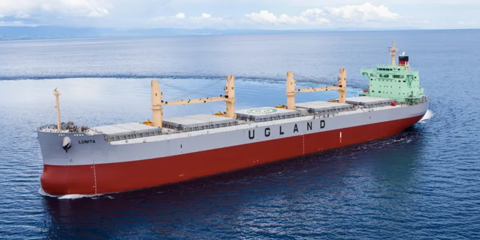The majority of airlines and airports around the world are plugged into a common IT infrastructure created and run by SITA, which was founded in 1949 by 11 airlines.
This is the IT system that deals with baggage handling, passenger processing, border management, airline data services and even cabin communications.
Today, the company, formally known as Société Internationale de Télécommunications Aéronautiques and headquartered in Geneva, operates independently and remains owned by the airlines themselves, a number that has now increased to 400.
SITA has presently teamed up with Cyprus-based Columbia Group, part of Schoeller Holdings, to form SmartSea and do to shipping what it has done to aviation.
The joint venture company has gained approval from the Cyprus and Maltese competition authorities and is set to be launched next week in the run up to Posidonia in Athens.
The aim is to build a ubiquitous and pervasive common digital architecture into shipping.
Ahead of the launch, Columbia Group chief executive Mark O’Neil described the idea of a common digital architecture for shipping as a modern Christmas tree and baubles.
“We see a need for a single IT backbone where vessels and ports talk to haulage and aviation, in the same compatible IT language,” he said.
The executive explains one of the reasons a company inside shipping would not be able to achieve this alone, is because the industry is so “ruthlessly competitive and fragmented”.
Not only will SmartSea be designing a whole new management system based on modern architecture, it will also be offering IT offshoring as a service.
So in O’Neil’s Christmas tree metaphor, the outsourced SmartSea infrastructure is the tree upon which they can hang their own digital baubles.
He believes that having a ship manager as the anchor client will not dissuade other companies, whether they are ship managers, owners, or ports, that could benefit from utilising a common architecture across the industry.
“I think it will be revolutionary. There will be a common approach and we can not drive through the levels of optimisation without this common backbone,” said O’Neil.
The question remains whether other ship managers and owners can be convinced to sign up to use the SmartSea service.
Digital collaboration efforts such as Tradelens, a trade blockchain process launched by IBM and Maersk stuttered and failed a few years after launch as other liner companies decided to develop their own systems rather than join theirs.
“You do not have to compete in the ‘how you do it,’ but in the ‘way you do it’,” said O’Neil, pointing to the individual software solutions, which he said can hang off the SmartSea infrastructure, like the baubles on a Christmas tree.(Copyright)





